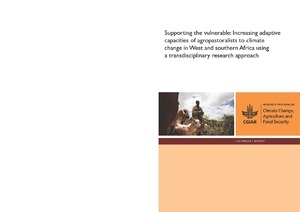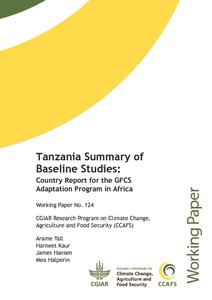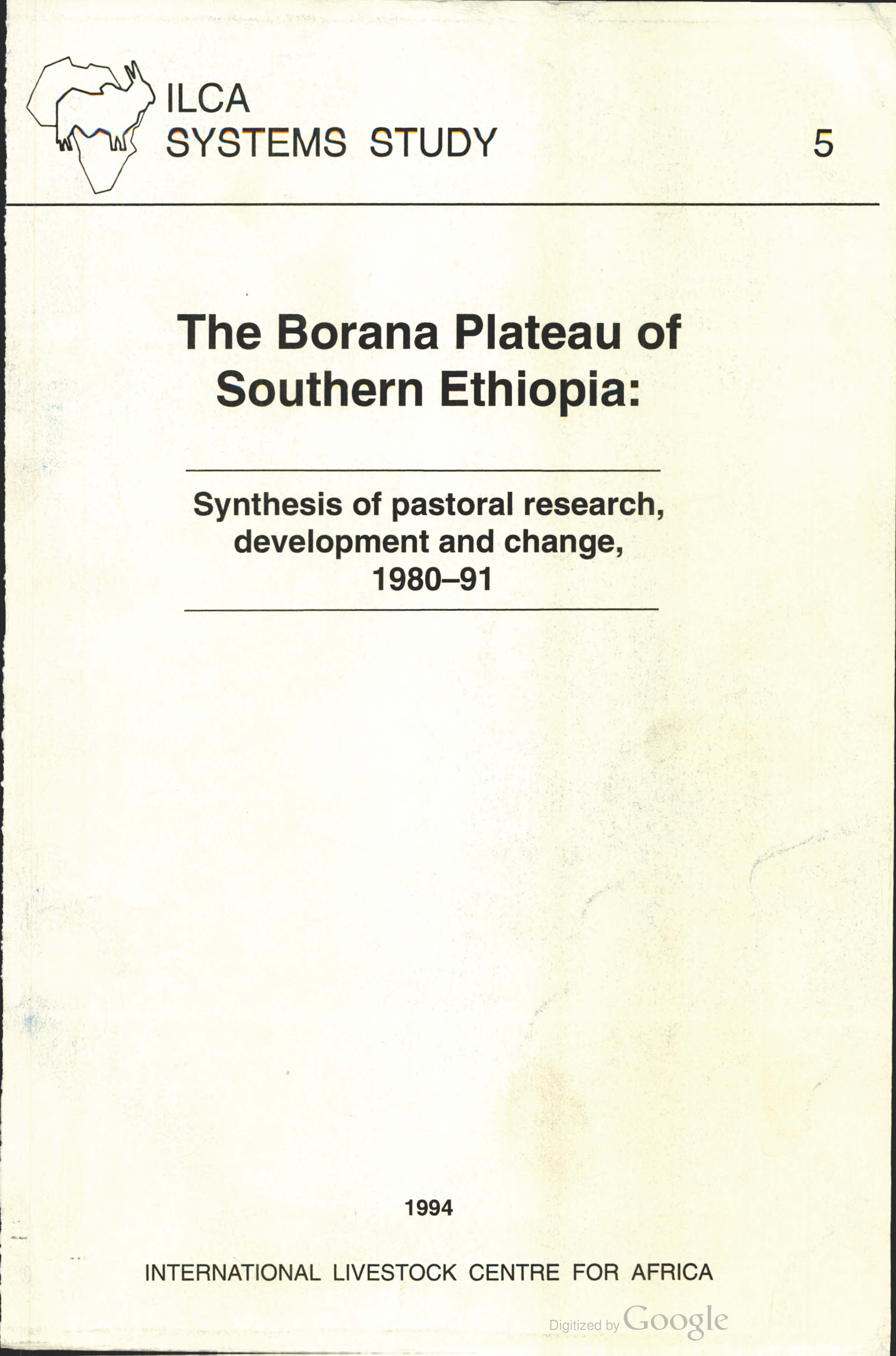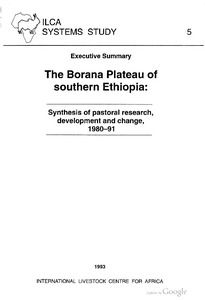Supporting the vulnerable: Increasing adaptive capacities of agropastoralists to climate change in West and southern Africa using a transdisciplinary research approach
The world’s climate is changing rapidly and Africa will be severely affected by this, not only because of the effects on ecosystems but also because of the low adaptive capacity of communities due to poverty and lack of infrastructure, services, and appropriate policies to support adaptation strategies. A large share of Africa’s poor are dependent on livestock for some part of their livelihoods, most of these living in smallholder, rainfed mixed systems and pastoral systems, where livestock play a key role as assets providing multiple economic, social, and risk management functions.
Tangible gifts: when the (14) cows come home
Surviving the drought in Kenya
The 2009 drought in Kenya has had a devastating effect on pastoralists. Hundreds of thousands of cattle died and with them a way of life that had provided families a livelihood from the land. We met Lawrence in a quarry just out of of Nairobi. For many generations his family have reared cattle on the rangelands of Kitengela. Now he shifts rocks in order to pay his way through University and the dream of a better life. This photofilm was made by duckrabbit during duckrabbit training productions for ILRI in Nairobi August 2010. Photos (c) David White.
Sustainable livestock insurance for pastoralists
Sustainable livestock insurance for pastoralists: From research to practice and impact
Sustainable Rangeland Management Project, Tanzania
The changing face of pastoral systems in grass dominated ecosystems of Eastern Africa
All eastern Africa is in the tropics, but its grasslands cover a very wide range of altitudes. Extensive grasslands are mostly in arid and semi -arid zones. The area is subject to droughts and a high degree of pastoral risk. Potential vegetation is largely desert and semi-desert, bush and woodland, with only a small area of pure grassland, but the grass -dominated herbaceous layer of the other formations is very important for wildlife and livestock; 75 percent of eastern Africa is dominated by grasslands, often with a varying amount of woody vegetation.
Tanzania Summary of Baseline Studies: Country Report for the GFCS Adaptation Program in Africa
This report reflects upon the consolidated findings from the baseline and scoping studies conducted under the auspices of Global Framework for Climate Services (GFCS) Adaptation Programme in Africa. It identifies gaps in climate information access and use at the local level, type of climate services farmers and pastoralists need in Tanzania, relevant channels to reach farmers with requested services, lead-time and gender specific requirements.
The Borana plateau of southern Ethiopia: Synthesis of pastoral research, development and change, 1980-91
This document is divided in eight chapters. The first chapter reviews rangelands and rangeland development in Ethiopia. The second chapter is an introduction to the Borana Plateau with ref. to natural resources and pastoral society. It reviews secondary information on geology and sociology, as well as original information on climate, soils, wildlife, plant ecology and water resources for the central Borana Plateau. Chapter three deals with vegetation dynamics and resource use.
The Borana plateau of southern Ethiopia: synthesis of pastoral research, development and change, 1980-91. Executive summary
The Borana plateau of southern Ethiopia: synthesis of pastoral research, development and change, 1980-91 summarises results from work conducted by 40 people in the southern Ethiopian rangelands between 1980 and 1991. The first chapter reviews rangelands and rangeland development in Ethiopia. The second chapter is an introduction to the Borana plateau: natural resources and pastoral society. The next three chapters deals with vegetation dynamics and resoruce use, Borana household economy, and livestock husbandry and production.










